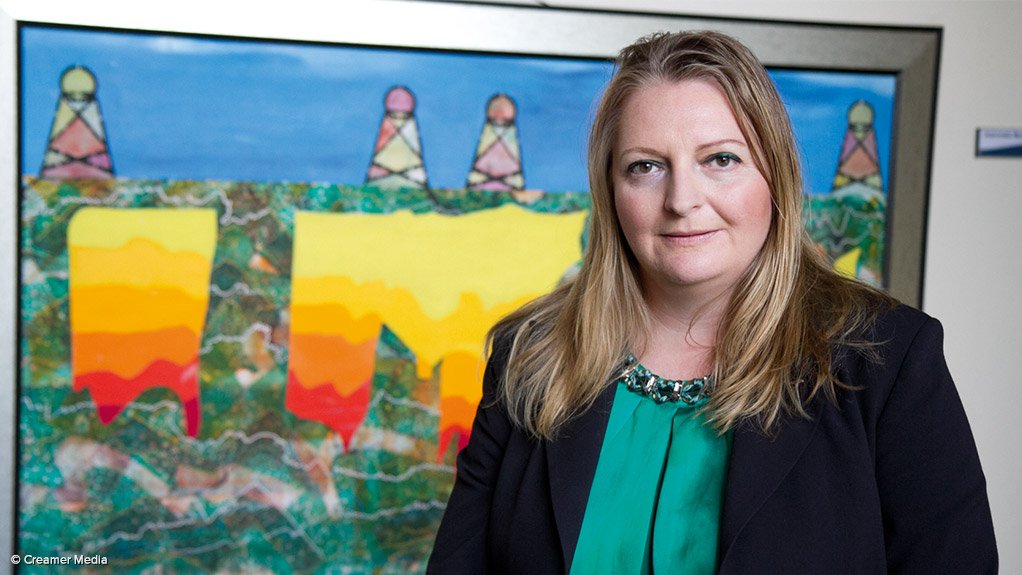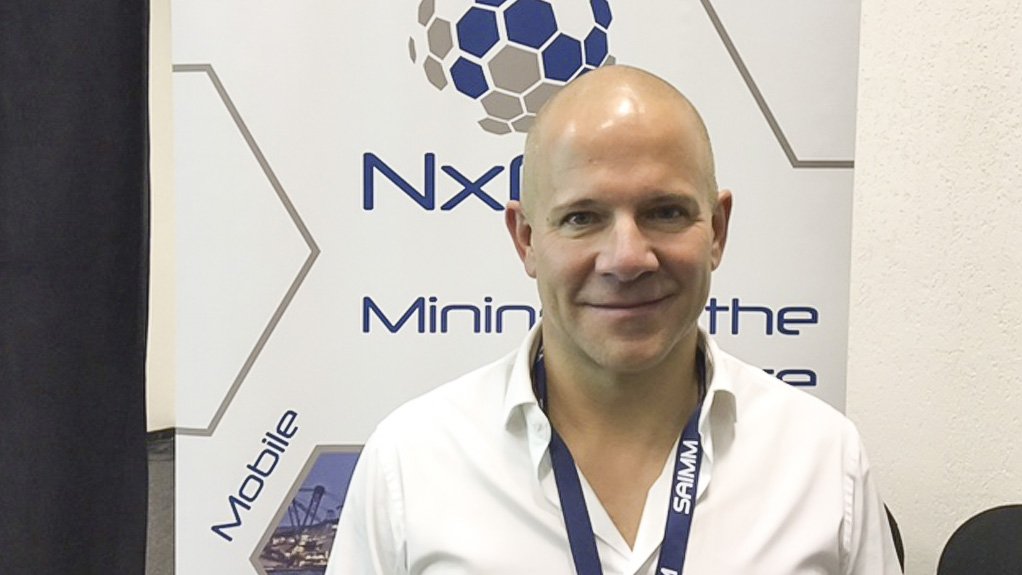JOHANNESBURG (miningweekly.com) – The mining industry, which has a past of intervening with key technologies at critical times, is currently at an important leverage point that requires disruptive change.
Envisaged is that disruptive change will be supported by the interaction of people, process and technology and definitely not just technology alone.
On the lips of the speakers at the opening session of the Mining for the Future 2016 conference of the Southern African Institute of Mining and Metallurgy on the first day of the Electra Mining Africa exhibition in Nasrec, in Johannesburg, was the term 4.0, a reference to the fourth industrial revolution, a harbinger of the notion of the total connectivity of mining businesses across the supply chain.
What is being done with technology, and not technology itself, is the essence of 4.0.
Core is the use of data and the ability to analyse and use the data.
The first step is vertically integrating the supply chain from the mine stope to the board room and then backward integration to the suppliers and clients, PwC technology consulting partner Pieter Theron told the conference attended by Creamer Media’s Mining Weekly Online.
The second step is the digitisation of mined products using technologies that have already become mainstream.
Many perceive the lack of digital training as the major obstacle to innovation in the digital arena, which is seeing sensor analytics used in predictive maintenance and tracking tags on equipment helping with deductive reasoning.
Third-generation networks are being strung across opencast operations to monitor the vehicles in the pit and smart algorithms are pre-empting equipment failure.
People are connecting what is happening at the rock face to people who can cleverly think about business optimisation.
Telstra Mining Services head Jeanette McGill, the former manager: novel mining methods at the former Centre for Mining Innovation of the Council for Scientific and Industrial Research, told the conference, in a pre-recording, of the many technologies that were taking the mining sector into the digital 4.0 and of her belief that global connectivity is going to disrupt the mining sector.
“I really believe that the mining sector requires disruptive change . . . definitely the interaction of people, process and technology is going to be key to support this disruptive change . . . and then what are the correct technologies to augment.
“Connectivity is key. It is how we are going to get the data to shift and how we are going to use the data throughout the technology stack and support this digital era of global connectivity 4.0,” McGill added.
Esteq Engineering MD Henk Viljoen spoke of the challenge of applying 4.0 technology, which is currently mature in the automotive industry, to segments of the mining industry’s horizontal value chain.
Viljoen highlighted a software that allows for anything that is envisaged for use in mining to be proven digitally before being physically applied in a mining context and before any equipment is bought.
It is envisaged that all process development will be done on a computer and only once there is security of accuracy does actual production begin.
NxGN CEO Gary Lane sketched the possibility of using the software to do full simulations of mining operations to ensure that mining activity schedules are executable.
“This could really instil a proper, integrated mining planning environment where you can test different mine designs . . . and be sure of what’s actually achievable from the mine plan prior to execution,” Lane added.
This would allow for executing on a set of tasks that have been generated from the simulation.
NxGN MD Harry Sinko defined digital disruption as involving much complexity and not merely the introduction of technology.
“It’s actually all about creating new business models that disrupt the industry, [that] change the way the industry works,” he said, while flashing a productivity graph onto a large screen that showed how automotive industry productivity had soared and mining productivity had fallen.
“The mining industry has been losing ground since the early 2000s, whereas the motor industry is starting to climb really high,” Sinko said.
NxGN sees mining as an industry that has realised that it has no option but to change to be competitive in the future.
“We could potentially leapfrog mining into a next-generation, digital industry. I believe we could even leapfrog other industries,” Lane commented to Mining Weekly Online.
Edited by: Creamer Media Reporter
EMAIL THIS ARTICLE SAVE THIS ARTICLE
To subscribe email subscriptions@creamermedia.co.za or click here
To advertise email advertising@creamermedia.co.za or click here















